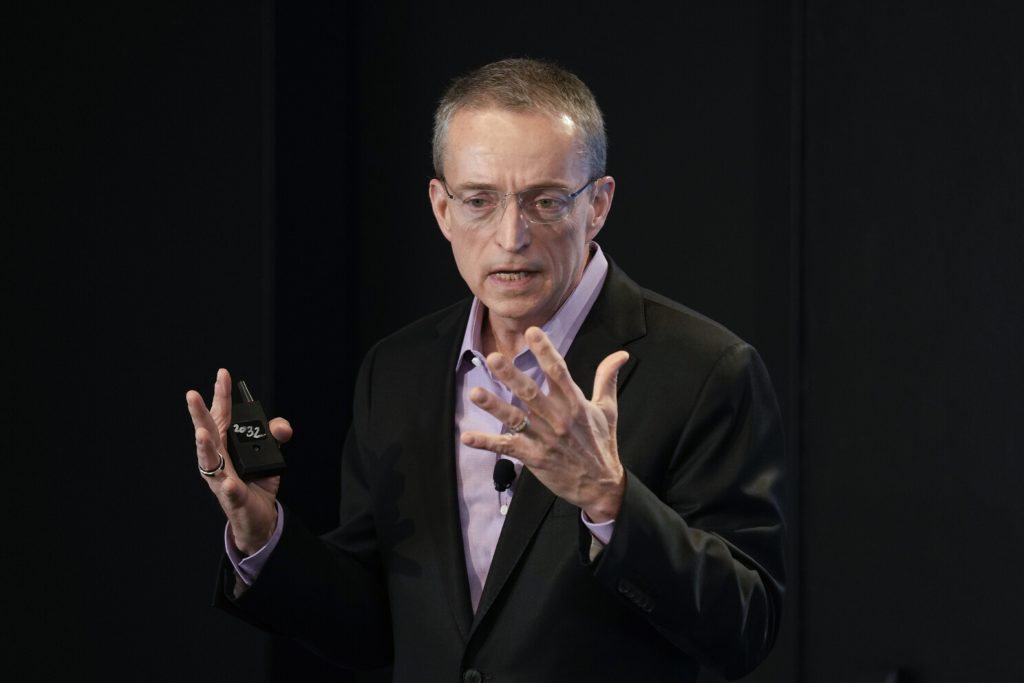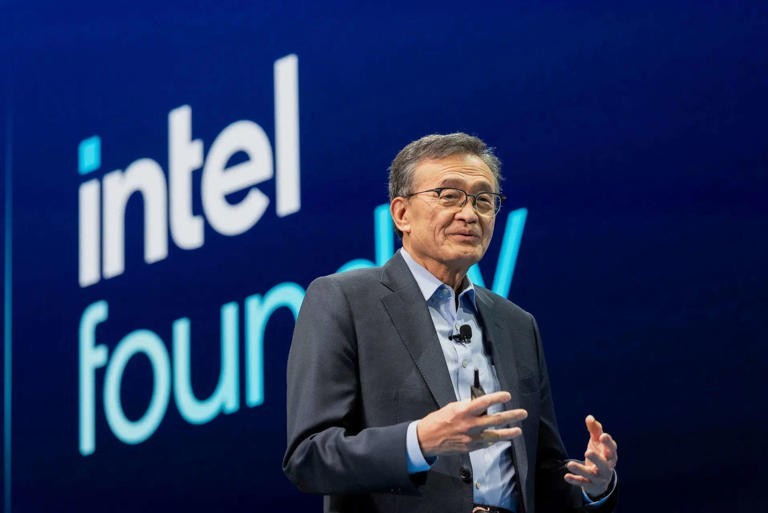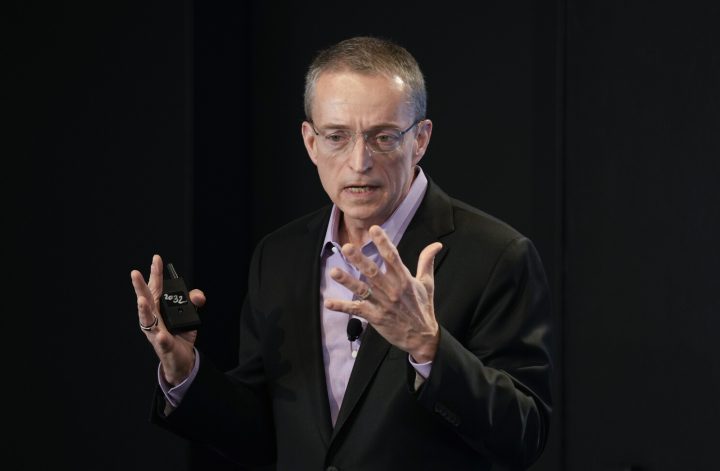Late last year, Intel’s board ousted its CEO, Pat Gelsinger, citing slow progress and a failed business plan to turn around the firm’s fortunes. There were many reasons, some that Gelsinger inherited and some of his own making.
Intel added a lot of debt to its books to invest in new manufacturing facilities inside the US. The roadmap was quite clear, and the government funding through the CHIPS ACT was there. But there came a point when the optimism shown by the CEO in public disconnected from reality.

Things worsened when Gelsinger called Taiwan an unstable country, signaling that relying on TSMC as the manufacturer of choice was akin to putting all eggs in an unstable basket. As a result, TSMC changed the terms of its business deals with Intel, removing the discount that the company had enjoyed for years.
During his tenure, Intel also reported one of its worst quarters ever. That’s when the board decided to get rid of him.
Fast forward 8 months, and one is forced to question the Intel board’s decision-making rather than that of its CEO. The company appointed a new CEO in Lip-Bu Tan, who has generated even more problems for the company than Gelsinger did.
It is tough being Lip-Bu Tan
Lip-Bu Tan has a controversial past. To begin with, he is Chinese. This is not inherently a problem. Seen in the context of US national security, the semiconductor industry, and Tan’s past, it does become an issue.

He served as the CEO of Cadence Design Systems for 13 years. During his tenure, the company was accused of illegally sending semiconductor tools to a Chinese institute, a military university, of all places. Tan’s venture capital firm has also invested in many Chinese chip companies in the past.
Last month, Cadence paid a $140 million settlement to the US government as part of lawsuits resulting from those infringements. This has opened up a whole can of worms, one that US politicians have pounced upon.
Politicians target the new CEO
A week ago, US Senator Tom Cotton disclosed an investigation into Tan’s past. He was well supported by President Donald Trump, who had this to say about the matter:
In typical Trump fashion, Tan was summoned to the White House, where an ‘interesting meeting’ took place. How interesting this meeting was is anyone’s guess, but Trump was intrigued by Tan’s past. Shareholders will hope the matter is settled quickly.
The developments so far raise more questions than they answer. People forget that Tan was on the Intel board from September 2022 to August 2024. He was an integral part of the company’s turnaround strategy.
His resignation was attributed to prioritizing various commitments. However, media reports back then suggested he was not happy with Gelsinger’s risk-averse approach.
We know now that Gelsinger was ousted 4 months later, and 4 months after that, Tan became the CEO. We do know which part of the Intel gang he belongs to. But the open opposition to his appointment from government quarters tells us that Intel’s board of directors and the US government are not in sync.
This has more implications than just concerning the CHIPS ACT funding and DoD contracts. Sooner or later, one side will have to give way, and it will not be the US government.




